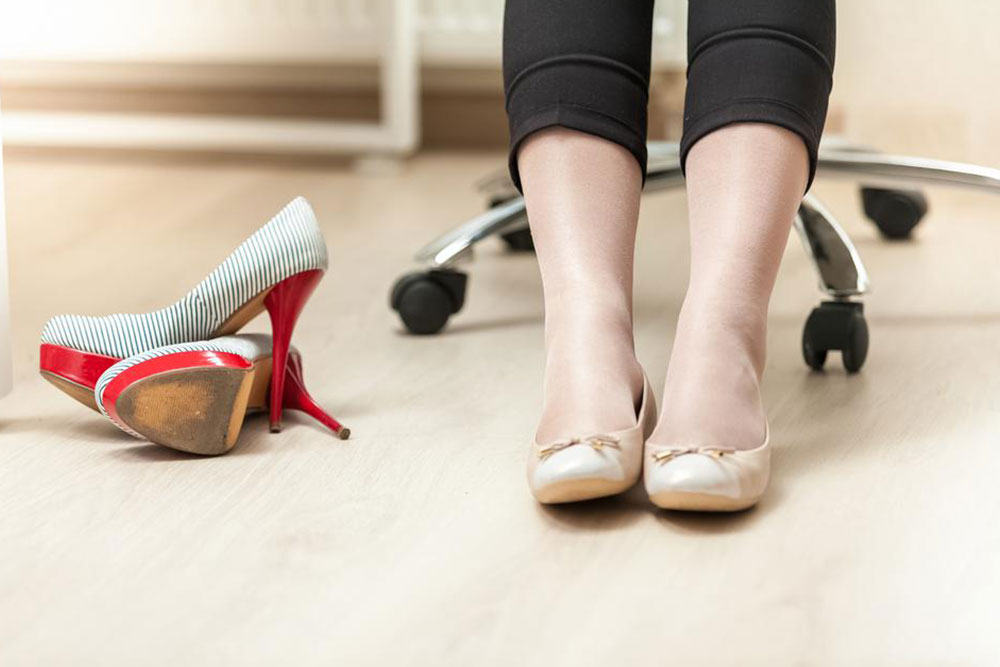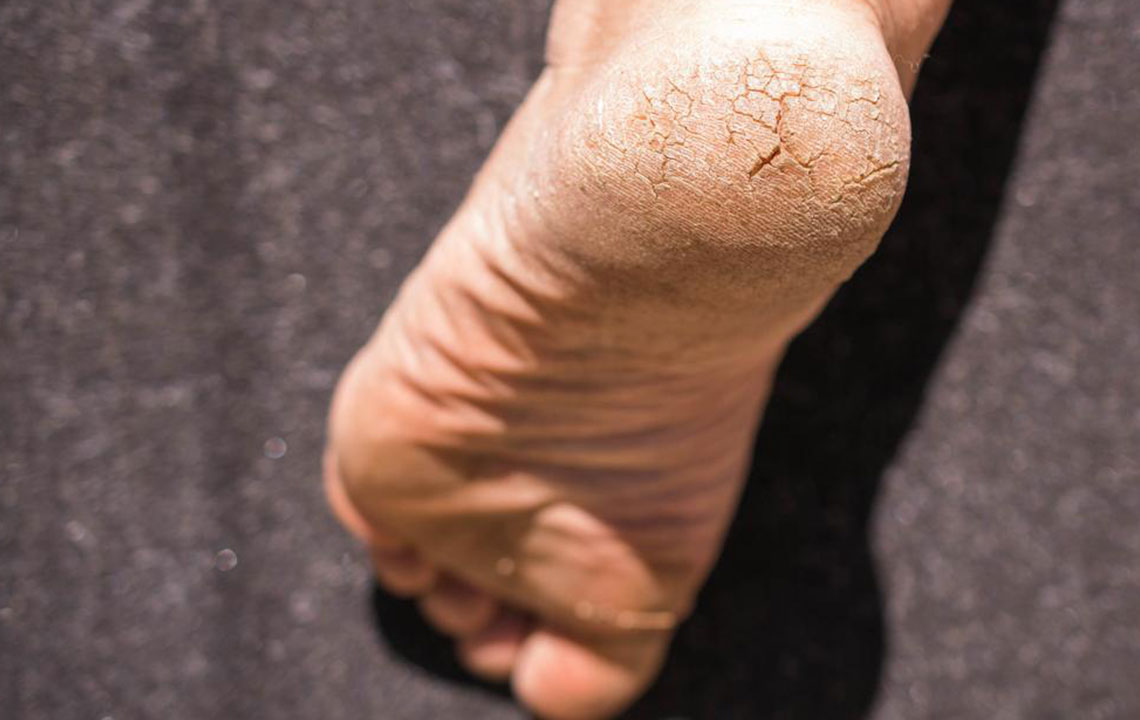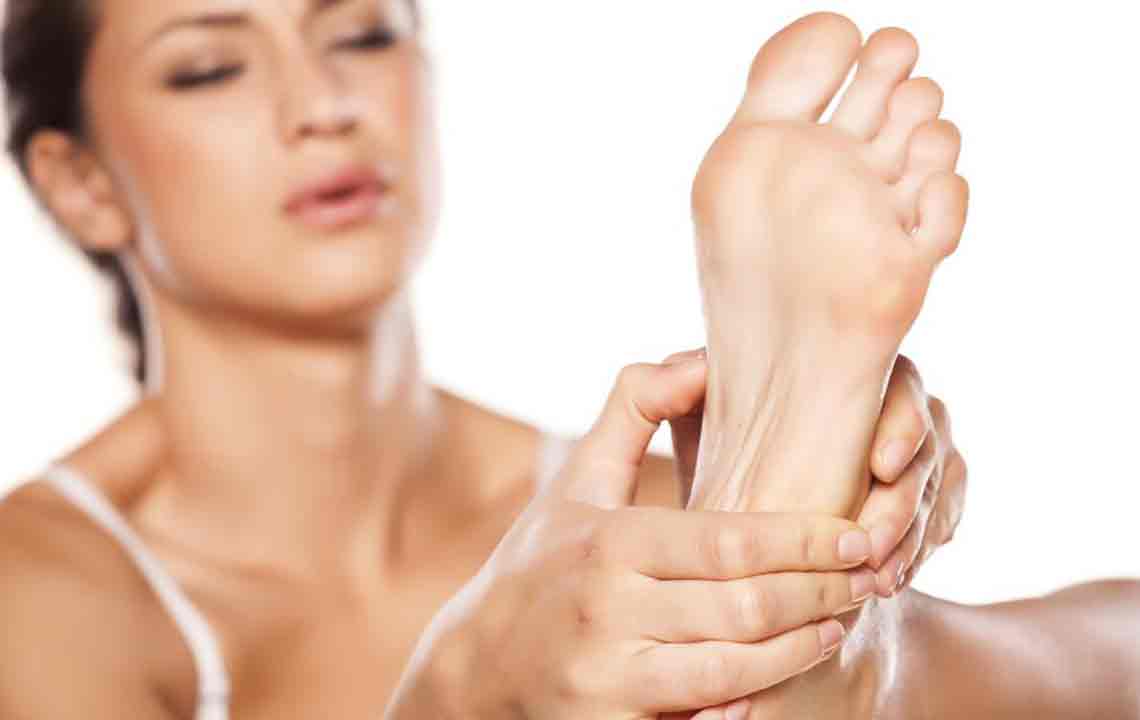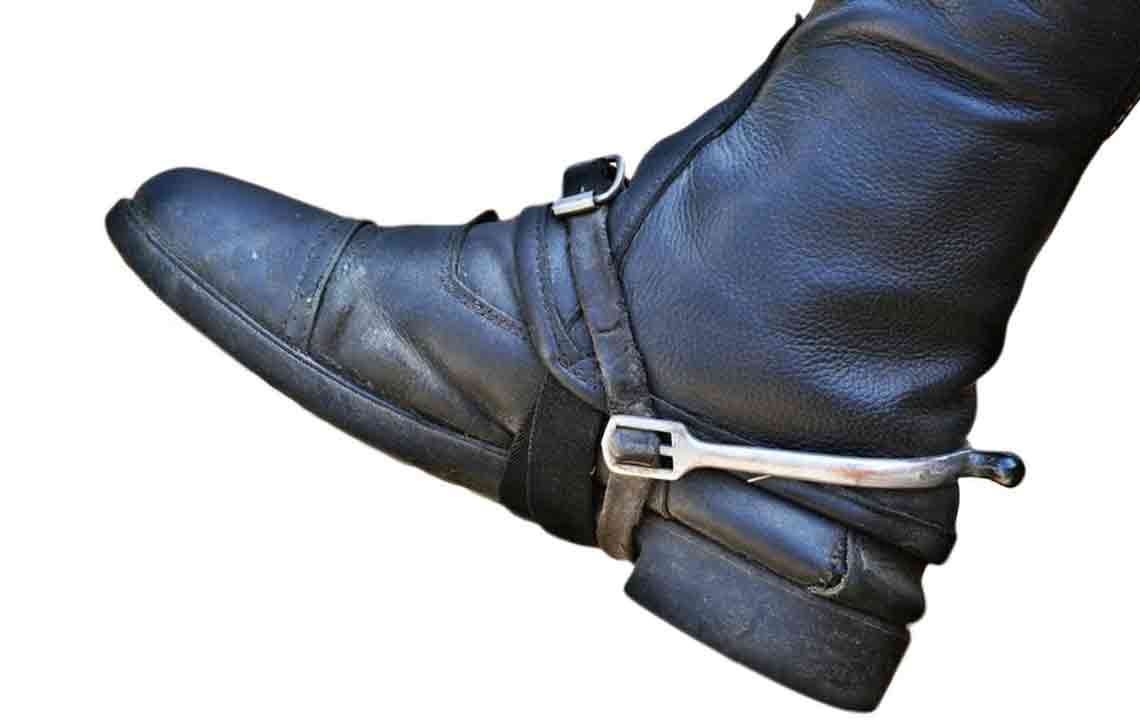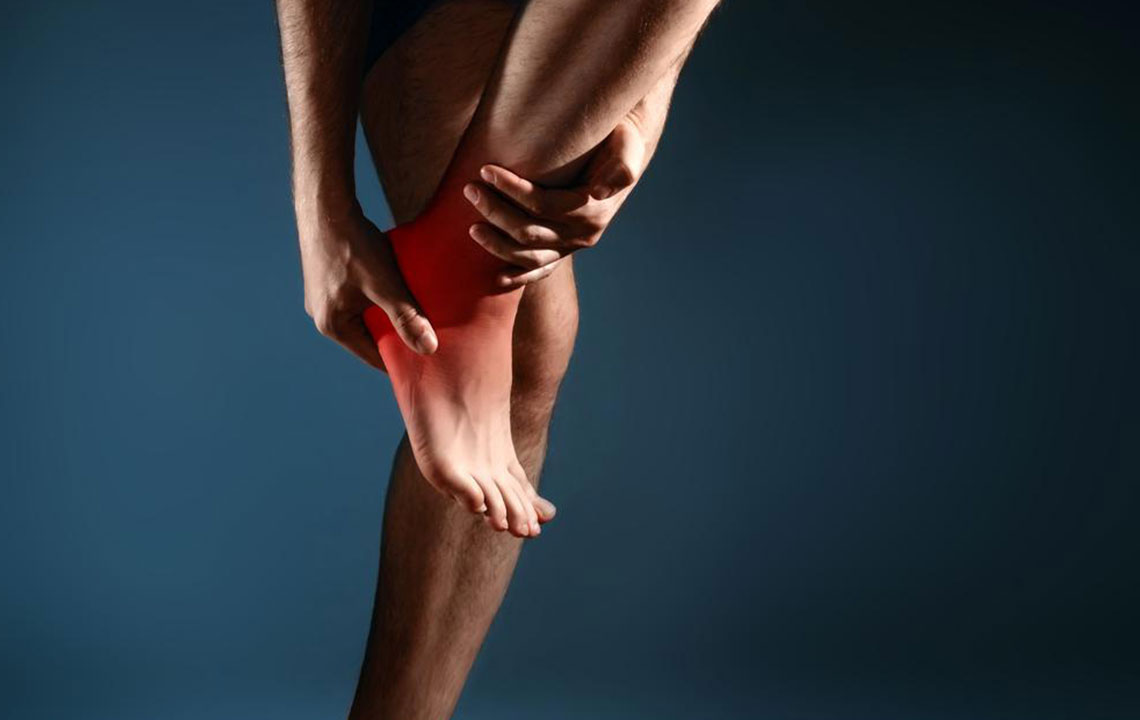Comprehensive Guide to Choosing Footwear for Heel Pain Relief
This comprehensive article offers essential guidance on selecting the right footwear to alleviate heel pain. It emphasizes proper sizing, cushioning, and support, along with the importance of avoiding high heels and incorporating orthotic inserts. Implementing these tips can significantly improve heel comfort, prevent chronic issues, and promote overall foot health. Whether you're dealing with heel discomfort or aiming to prevent future problems, understanding these footwear essentials can make a notable difference in your daily life. Maintain healthy feet by choosing supportive, well-fitting shoes tailored to your needs.
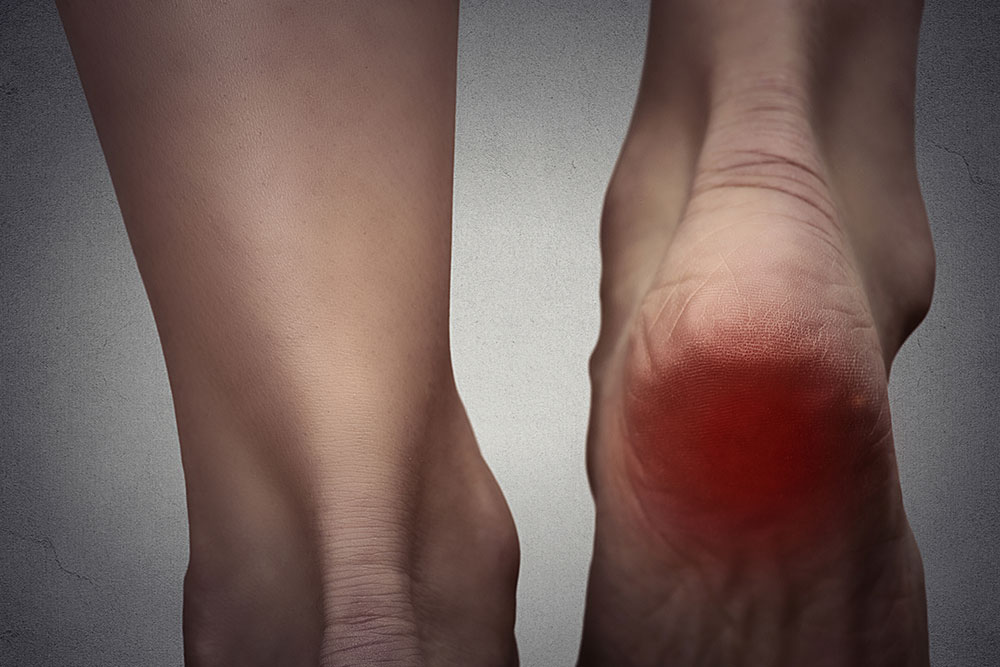
Comprehensive Guide to Choosing Footwear for Heel Pain Relief
Heel discomfort is a common issue affecting millions around the world, impacting daily activities and overall quality of life. According to a detailed study conducted in 2014, approximately 80% of Americans experience some sort of foot-related problem during their lifetime. Given that our feet support the entire weight of our body and facilitate movement, ensuring their health is paramount. Among various foot ailments, heel pain is particularly prevalent, often caused by improper footwear, stress, or underlying conditions. The shoes we wear play a significant role in either contributing to or alleviating heel discomfort, underscoring the importance of selecting the right footwear.
When it comes to footwear for heel pain, many individuals tend to overlook certain vital factors during selection. Making informed choices based on key guidelines can dramatically improve comfort and prevent persistent heel problems. Below, we explore essential tips to help you find the most suitable shoes to ease heel discomfort and promote foot health.
Shop for shoes later in the day
Our feet naturally swell throughout the day due to activity levels, heat, and fluid retention. This means that morning foot measurements might be smaller compared to later in the day. To find shoes that truly fit, it's advisable to purchase them in the late afternoon or evening. This approach ensures your shoes accommodate your feet comfortably when they are at their largest, preventing tightness, pinching, and subsequent heel pain that can develop from wearing ill-fitting footwear during prolonged activity.
Accurately measure your feet, beyond relying on box sizes
Clothing or shoe labels often have inconsistent sizing standards. Therefore, it's essential to measure your feet accurately using a Brannock device or a measuring tape, preferably while standing. Standing measurements account for the foot's natural expansion under body weight and provide a better understanding of your true foot shape and size. Proper measurement ensures that you select footwear that offers adequate support and fits snugly without being too tight or too loose, which is critical for preventing heel strain and discomfort.
Steer clear of ill-fitting shoes
Shoes that are too tight can lead to increased pressure on the heel, numbness, and inflammation. Conversely, shoes that are too loose allow the foot to slide forward or sideways, causing uneven weight distribution and additional stress on the heel. Proper fit is fundamental to foot health—look for shoes that hold the heel snugly, with sufficient room across the toe box, and do not cause pinching or rubbing during movement. Comfort should be a priority to prevent aggravation of existing heel problems.
Choose cushioned and supportive footwear
Opt for shoes that incorporate cushioning materials around the heel area. Vintage-style shoes with soft soles or modern shoes with gel or foam padding can absorbing shock and reduce impact on the heel, easing pain and discomfort. These supportive features help distribute body weight evenly across the foot and decrease the strain on heel bones and tissues. Although style is a consideration, prioritizing comfort and cushioning is essential for those experiencing heel pain.
Limit the use of high heels
Elevated heels taller than 1 inch exert excessive pressure on the heel, shifting weight forward and raising the risk of heel discomfort. High heels also alter natural walking patterns and can cause additional stress on the Achilles tendon and plantar fascia. For ongoing heel health, it's advisable to avoid high-heeled footwear, especially if heel pain persists. Instead, opt for low-heeled shoes that offer stability, support, and proper weight distribution, easing the burden on your heels.
Incorporate orthotic inserts and heel pads
Custom orthotic insoles, heel liners, and arch supports are effective tools in managing heel pain. These inserts can help in reducing the formation of heel spurs—calcium deposits that develop on the heel bone due to repetitive strain or stress. They also provide additional cushioning, correct abnormal foot biomechanics, and absorb impact forces during walking or standing. Using orthotics in your daily footwear can significantly diminish heel pain and promote faster healing.
Prioritizing proper footwear choices is the foundation of effective heel pain management. Focus on support, correct sizing, and cushioning to enhance comfort and facilitate the healing process. By making these adjustments, individuals can experience substantial relief from heel discomfort and maintain optimal foot health in the long term.
